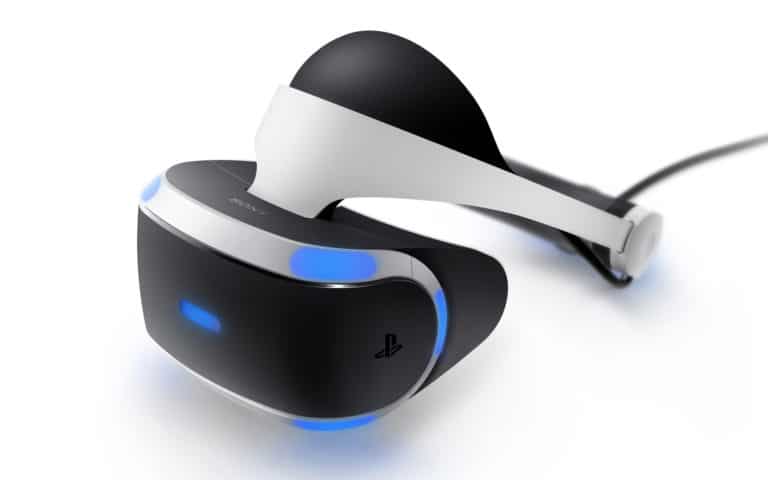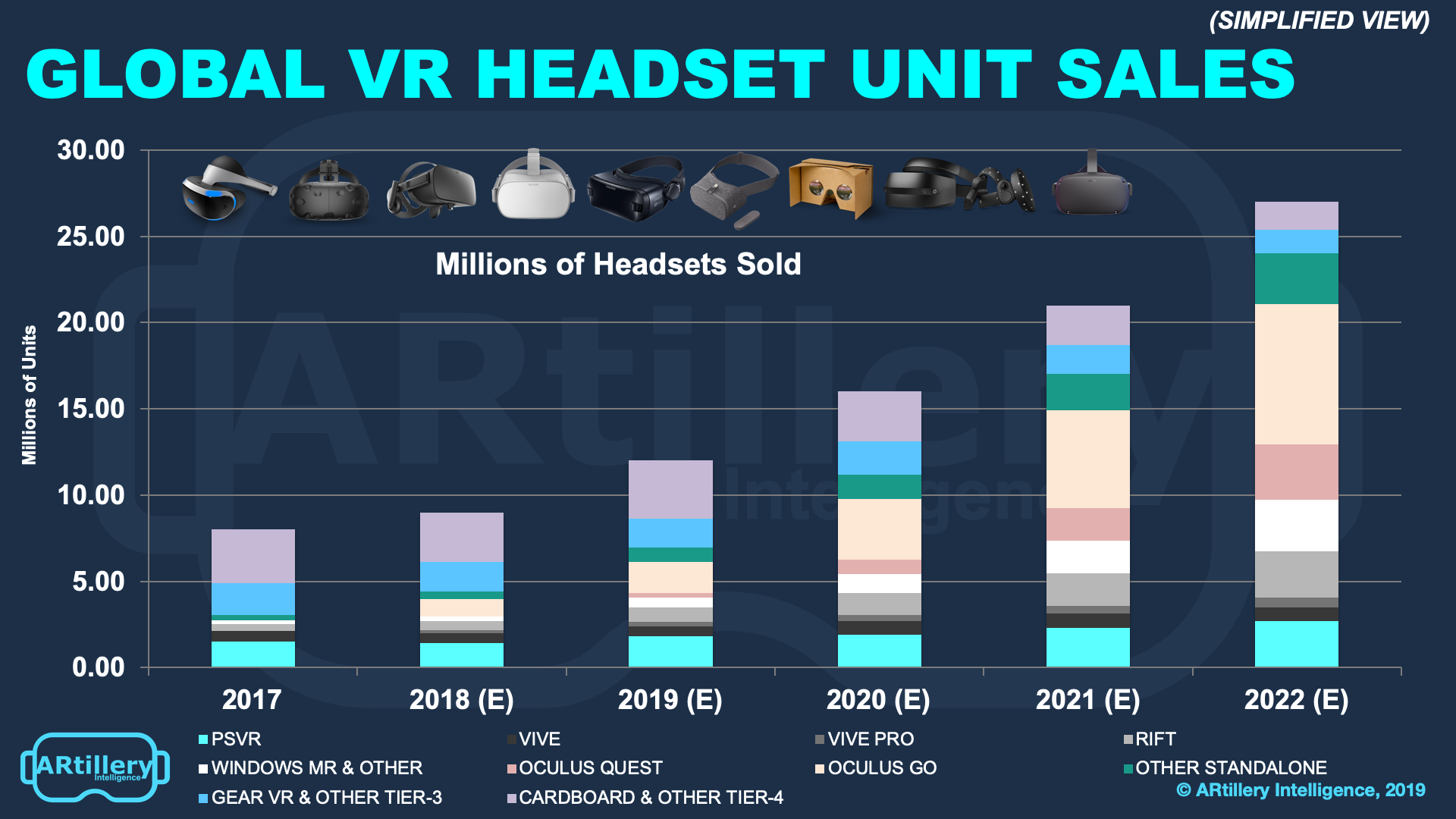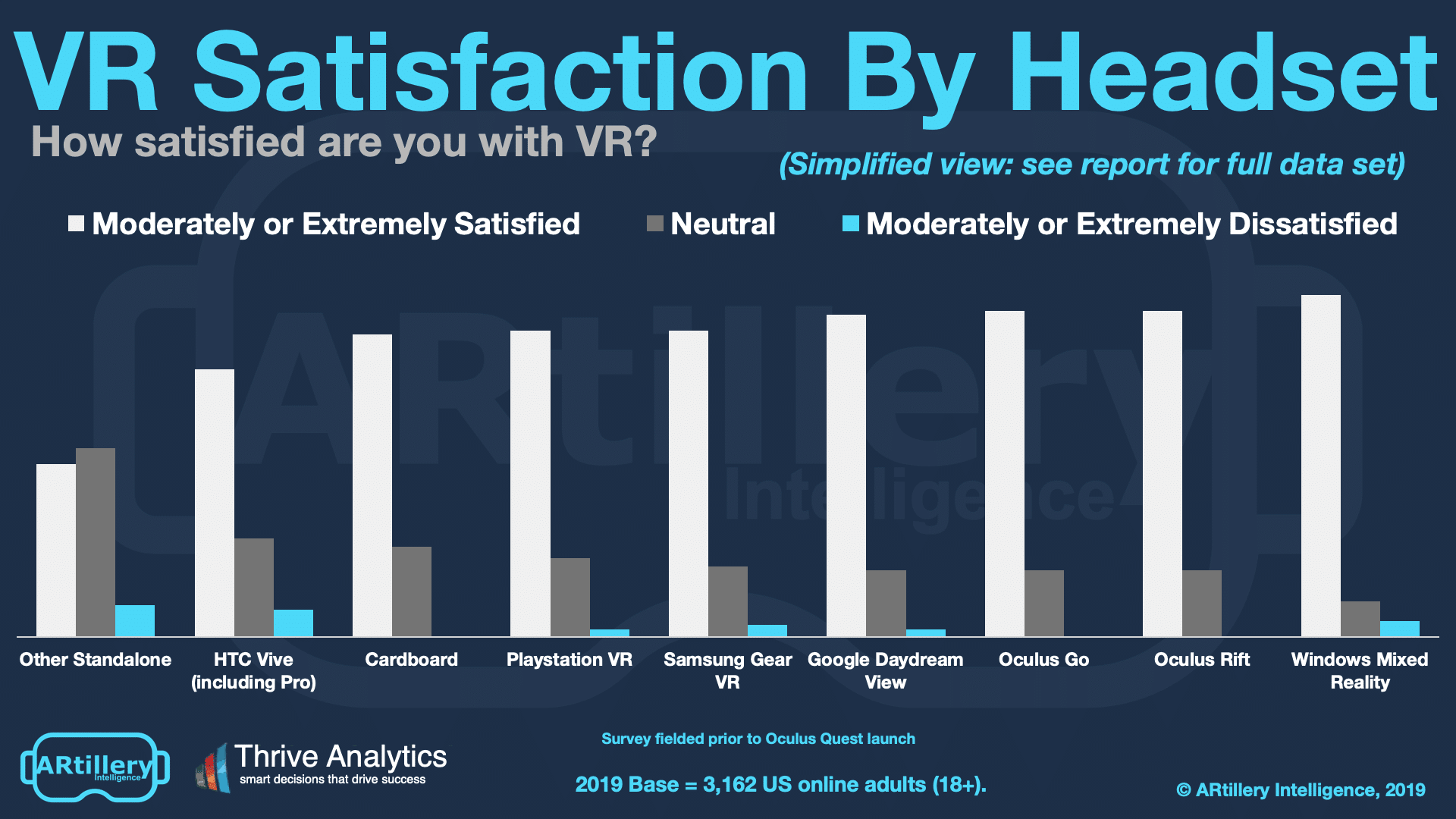
Data Point of the Week is AR Insider’s dive into the latest spatial computing figures. It includes data points, along with narrative insights and takeaways. For an indexed collection of data and reports, subscribe to ARtillery Pro.
Among VR headset manufacturers, Sony has been the most forthright with unit sales figures — always a welcome surprise to us in the analyst corps. This is also because it continues to lead market share for tier-1 (tethered) headsets. It’s sending important confidence signals for VR.
The latest disclosures came last week, but in a less official and precise way. Playstation lead Jim Ryan told C|Net that one in 20 (5 percent) Playstation 4 owners have bought PSVR. Extrapolating from the nearly 100 million PS4s sold, PSVR is approaching 5 million units in market.
This is aligned with ARtillery estimates (below) and up from 4.2 million in March. It compares to installed bases of Rift and Vive in the 1-1.5 million range each. They’ve been quieter about unit sales, so estimates are extrapolated from several market signals and primary research.

Meanwhile, Sony’s leading tier-1 market share results from two factors: convenience and price. For convenience, an owned console sidesteps an additional PC purchase (also lowers price) and setup. But moreover, Sony has designed an overall experience that’s more convenient and fun.
Put another way, PSVR has outsold its tier-1 competitors like Rift and Vive on an experience sell versus a spec sheet (resolution, field of view, etc.). Its market share isn’t surprising due to a smaller all-in price, but what is surprising is satisfaction ratings exceed higher-spec’d rivals.
According to ARtillery and Thrive Analytics’ consumer VR survey (releasing this week), PSVR has higher satisfaction ratings than VIVE for the third year in a row. This says a lot about Sony’s approach to put experience and convenience over technical specs and processing horsepower.

Conceptually, this is a very Nintendo-like strategy, as seen in the Wii and more notably Switch. Speaking of Nintendo Switch, we’ve made the same analogy for Oculus Quest. It likewise trades “specs for scale” in choosing untethered convenience and overall experience over specs.
Back to price, PSVR’s all-in $399 price point (if you already own a PS4), is in the sweet spot of pricing sentiments in the aforementioned survey. So it’s notable that Quest now enters the market not only with the same all-in price point but, again, a similar simplicity-driven product strategy.
“Oculus seems to be betting a lot of people will be happy with a convenient, lower-powered headset that plays a smaller number of games,” said The Verge’s Adi Robertson. “[PSVR] is making the same play… Oculus could tap into that market with something even more convenient.”

Stay tuned for more on our VR survey (last year’s report here), produced in partnership with Thrive Analytics. There are lots of new findings in the most recent wave, especially in support of standalone VR such as Oculus Go and Quest. The latter already shows strong signs.
Meanwhile, we’ll leave you with an aggregated list of a few other VR market signals and recent data points.
— The VR ecosystem now contains 550 companies according to the VR Fund.
— Superhot Quest launch sales surpass that of Rift by 300 percent
— Vader Immortal passed 1000 reviews after two weeks on Oculus Quest.
— Quest’s library is projected to reach 100 titles by year-end.
For deeper XR data and intelligence, join ARtillery PRO and subscribe to the free AR Insider Weekly newsletter.
Disclosure: AR Insider has no financial stake in the companies mentioned in this post, nor received payment for its production. Disclosure and ethics policy can be seen here.
Header Image Credit: Sony
